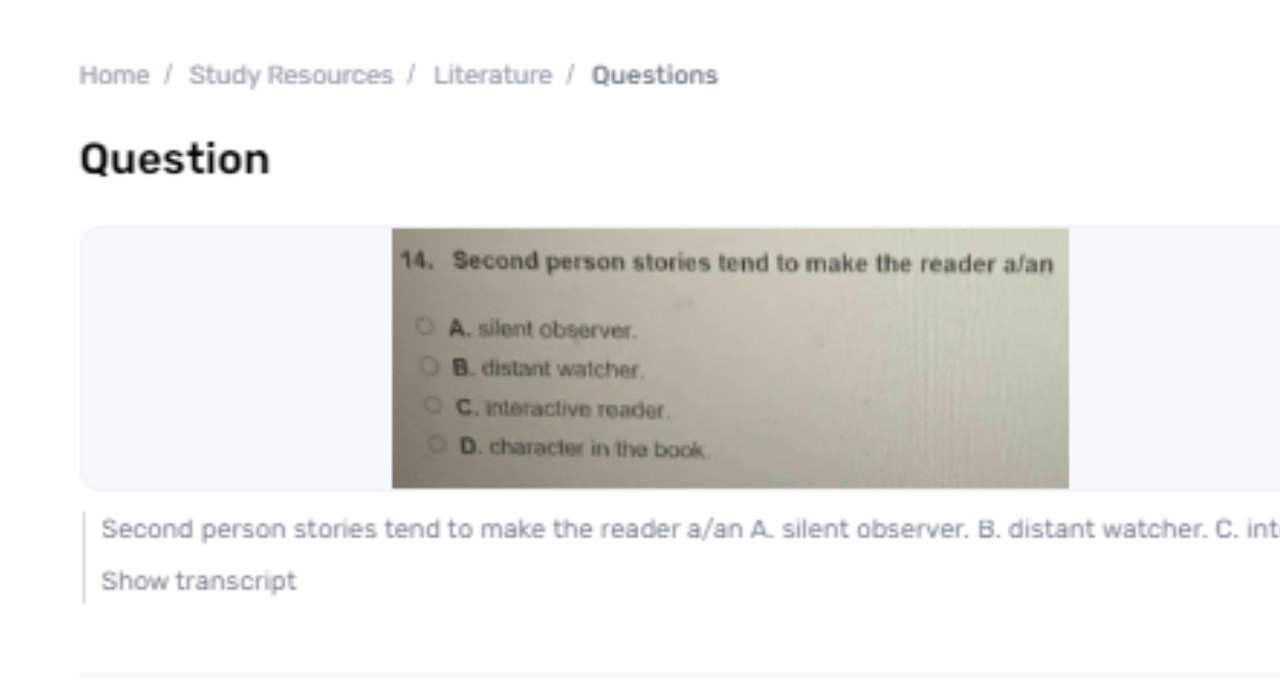The state "the wind pulled at the priest’s brown Franciscan robe" may be a distinctive illustration of a clear dialect that passes on more than fair a strict picture. It brings out a scene filled with climate, disposition, and typical undercurrents, giving the peruser a more profound understanding of the setting, the character, and the circumstances. In this paper, we'll investigate what does “the wind pulled at the priest’s brown franciscan robe” mean? meaning and suggestions of this expression by breaking down its components and looking at the broader setting in which such symbolism can be utilized. Understanding this state includes an investigation of its exacting and metaphorical components, as well as the passionate and typical weight it carries.
Strict Elucidation
At an essential level, the state "the wind pulled at the priest brown Franciscan robe" portrays a physical activity where the wind is pulling at the clothing of a cleric who has a place to the Franciscan arrange. The brown robe is characteristic of the conventional propensity worn by Franciscan ministers, a basic article of clothing symbolizing lowliness and destitution. The picture of the wind pulling at the robe proposes that the cleric is outside, likely in an open or uncovered environment where the components are in play. This strict elucidation sets the scene and places the cleric in a setting where nature applies its impact, maybe showing that he is on a journey or engaged in a few open-air actions.
Barometric and Passionate Setting
Past the exacting portrayal, this expression moreover serves to set up a specific air and inspire an enthusiastic reaction. The wind, frequently an image of alter, development, or unseen powers, includes an energetic component to the scene. The utilization of the word "pulled" suggests a certain constraint or request, proposing that the wind isn't simply a tender breeze but something more grounded, maybe indeed unsettling. This may create a sense of pressure or unease, showing that the cleric may well be facing difficulties or challenges. The wind's interaction with the robe presents a material component, making the scene more distinctive and locking in for the peruser.
Typical Suggestions
The imagery in this state is wealthy and layered. The brown Franciscan robe itself may be a capable image of the Franciscan arrange, known for its values of lowliness, destitution, and benefit to the destitute. The robe speaks to the priest's commitment to these beliefs, and the wind pulling at it may symbolize outside strengths challenging these values. This may well be translated as a representation of the battles and trials confronted by those who commit themselves to a life of otherworldly benefit. The wind, as a constrain of nature, might speak to the common challenges or allurements that look to drag the cleric absent from his way of honesty and devotion.
Character Knowledge
The express too gives knowledge into the character of the cleric. By depicting the wind pulling at his robe, the content quietly passes on the priest's versatility and commitment. Despite the outside strengths acting upon him, the cleric remains immovable, holding onto his robe both truly and allegorically. This picture might recommend that the cleric decides to maintain his confidence and values, even when confronted with troubles. It paints a picture of an individual who is grounded in his convictions but uncovered to the same powers and battles as anybody else.
Steps to Reply to a Gauth Request
1. Clarify the Issue:
Distinguish if the address concerns setup, utilization, administration, or investigating to direct your reaction effectively.
2. Collect Vital Data:
Allude to Gauth’s official guides and common client encounters to guarantee a well-informed and exact reply.
3. Organize the Reaction:
Display your answer in a clear and coherent arrangement, laying out particular steps that address the address.
4. Verify and Improve:
Check the precision of the data and refine the reaction for clarity and brevity, making it simple to take after and get it.

Conclusion
In conclusion, the phrase "the wind pulled at the priestâ brown Franciscan robe is a multifaceted portrayal that passes on much more than a straightforward physical activity. It sets up the environment, inspires feelings, and gives typical and character experiences, all while contributing to the setting and potential plot development. The wind pulling at the robe symbolizes outside challenges and the priest's flexibility, advertising a more profound understanding of both the character and the broader story setting. By unloading the layers of meaning in this state, we can appreciate the lavishness of expressive dialect and its control to communicate complex thoughts and feelings in fair several words.

